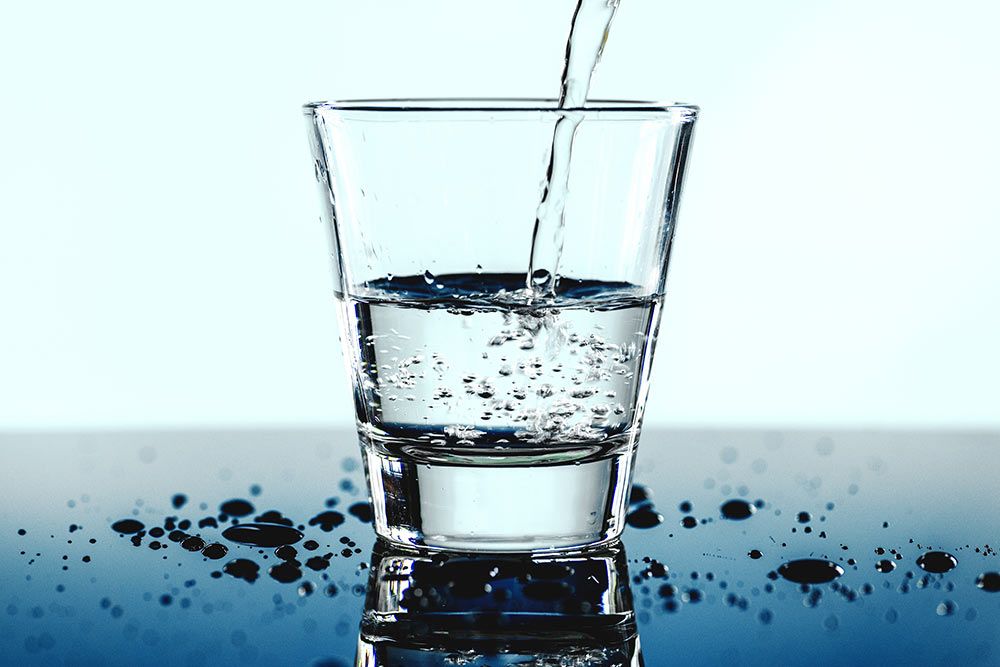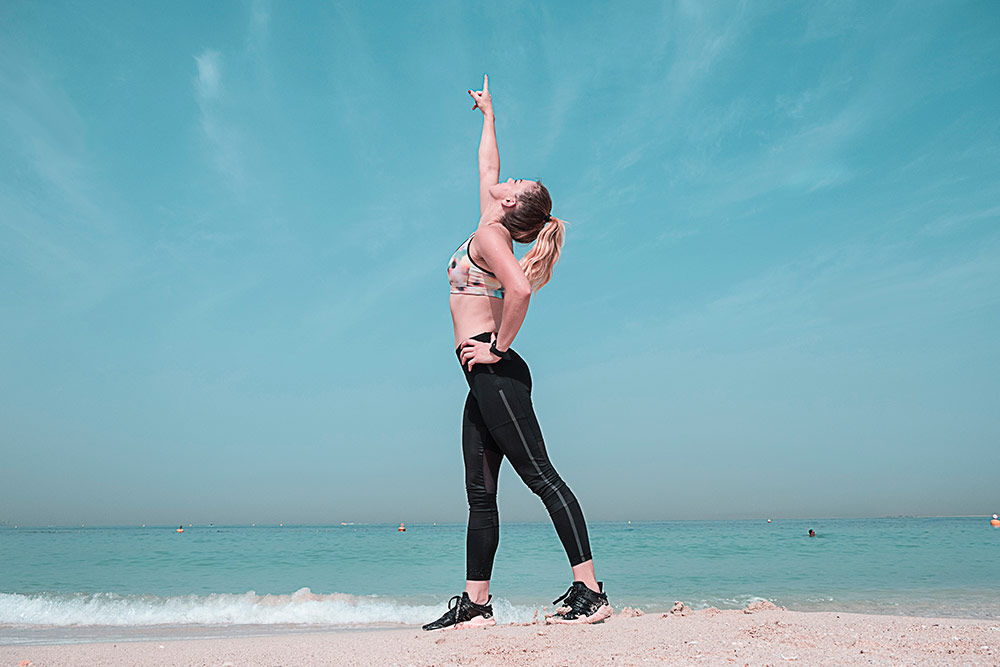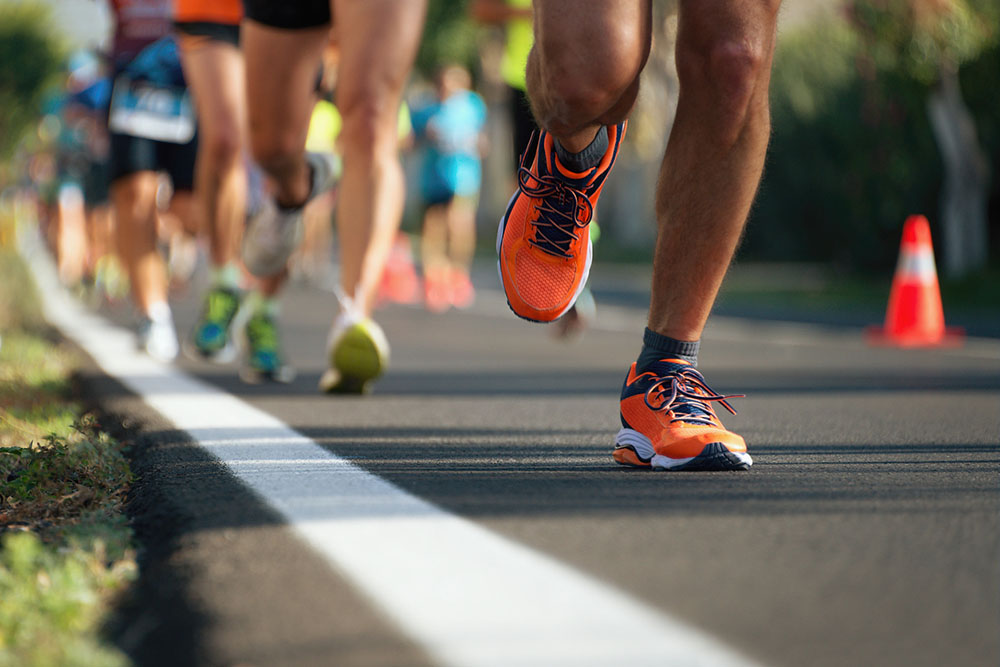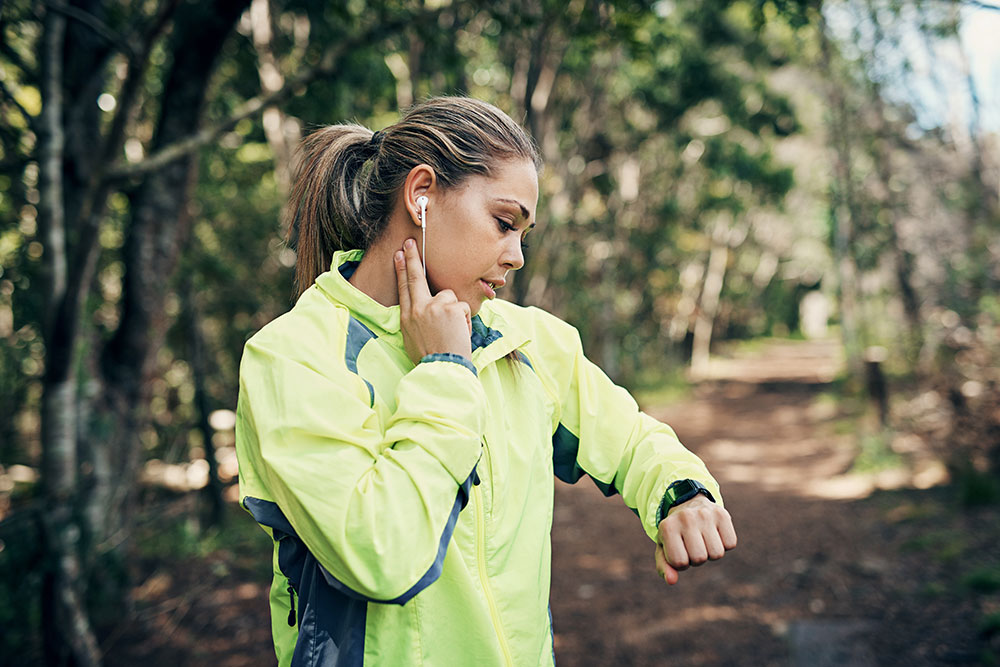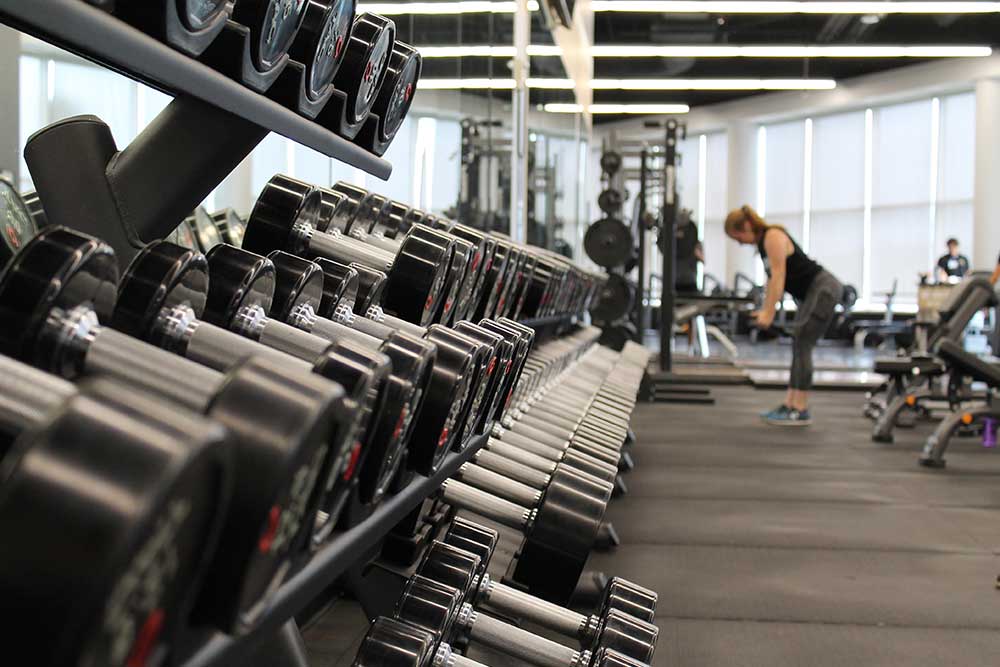Get in the Zone: Heart Rate Monitoring

Dayton Kelley
The Fast Twitch Grandma readers are well-informed individuals after having explored our website. Our readers know that exercise offers a bounty of physical and mental benefits including extended life expectancy (Lee, et al., 2012). They understand that reaching these advantages can be done in a variety of ways: long distance endurance training, strength training, high intensity training, and threshold training are among the many. A problem faced, however, is understanding how to complete these workouts so that you get the most out of your time and effort. If you know that in this coming week you need to complete two high intensity training workouts and a long distance run to meet your fitness goals, how do you know at the end of the week that you trained hard enough to reap the rewards of your workout? How do you know you aren’t training too hard, leading to burnout or injury?
Related Article: HIIT – Does Non-Weight Bearing Rowing Do the Trick?
Purchasing a heart rate monitor may be the answer. Numerous sports enthusiasts actively use one, but outside the realm of sport, many people do not know why. Knowing your heart rate is advantageous because it is a marker of intensity (Strath, et al., 2000). As you work harder and harder, your heart rate increases until your heart is pumping enough oxygen around your body to meet the physiological toll of your exercise. Thus, you can use your heart rate to determine how hard you are training and in what manner you are currently training (Plowman & Smith, 2014). This allows the average user to know if they are pushing themselves to the proper extent during their workout.
The first thing you need to know to start training at your proper intensity is what that intensity is supposed to be! For example, if your goal is to complete 100m sprints, your intensity of exercise is likely to be much higher than if you choose to bike for an hour. So where do we go to find exactly what heart rate your workout requires? If you are following a professional training plan, I would suggest looking to that resource to find each workouts’ suggested heart rate; nearly every plan comes with recommended intensity levels.
If you have created your own training program, you might look to the scientific literature to find what heart rates have been suggested to reap the best benefits as pertaining to your goals. It is important to remember that heart rate and other intensity guidelines are simply that: guidelines. The intensity provided from these sources are simply estimates of where you should be. Do not worry if you are slightly off as long as you are consistent workout to workout.
Related Article: How HIIT Can Improve Cardiovascular Function
Your pertinent question now is likely what exactly am I looking for when I am trying to find heart rate intensity? You should be trying to find a percentage of heart rate, often expressed as %HR. This number is a percentage of your maximum heart rate (your heart rate when you are working the hardest you possibly can) that you should be looking to maintain for the accompanying workout. Should you not know your maximum heart rate, it can be estimated by the following formula: 220 – Age = Max Heart Rate (Plowman & Smith, 2014).
Once you have your maximum heart rate and the recommended heart rate for your workout it becomes easy to match your intensity to the desired intensity. You simply multiply the %HR by your maximum heart rate to find how many beats per minute your heart should be beating to match the recommended intensity. For example, if your maximum heart rate is 200 beats per minute and you wish to train at 90% maximum heart rate, you should look to your heart rate monitor to read 180 beats per minute for this workout (200 x 0.90 = 180). During your workouts, you would glance down at your heart monitor periodically or review your heart rate monitor’s memory post workout to see if you hit your 180 beats per minute. If you hit your target you can be confident you are training to the intensity you are supposed to be.
You can also measure your progress using heart rate by seeing if you can complete increasingly demanding workouts without increasing your heart rate. If you regularly jog 4 kilometers at 75% maximum heart rate and it takes you 20 minutes, completing that same distance in 19 minutes without a rise in heart rate means that your body has adapted to become stronger and rules out the fact that you might have pushed yourself harder that day. For this reason, heart rate monitors are fantastic partners for endurance sports. If you wanted to improve your cardio but have only 30 minutes to run every second day, how do you create a smart training plan to improve?
The Heart Rate
The current literature demands that your workouts become progressively more intense, but you cannot increase your run duration and so you are forced to try to run faster each time (Plowman & Smith, 2014). This appears a daunting task, but with a heart rate monitor, this can be easily accomplished. You choose a target heart rate based on the intensely you wish to run at each time and reach it each workout. Because your body will be adapting to the run and it will become easier for you to complete the run in the same amount of time, you will have to run faster and faster to reach your target heart rate. This method provides an easy way to improve without ever pushing yourself too hard and falling into a mental burnout.
Related Article: 90 Seconds A Day of HIIT Might Be All You Need
Heart rate monitors come in a variety of shapes and forms; I suggest a watch-based monitor with a chest strap due to its versatility and accuracy. They can be found at most sports stores or ordered online easily. Should you decide heart rate monitors are too expensive or wish to try heart rate training without one, you can roughly estimate your heart rate by reading your pulse for 15 seconds and multiplying this number by four to achieve your heart rate. Hope you enjoy and, as always, have fun training!
References
Lee, I., Shiroma, E. J., Lobelo, F., Puska, P., Blair, S. N., & Katzmarzyk, P. T. (2012). Impact of physical inactivity on the world’s major non-communicable diseases. Lancet, 380(9838), 219–229. doi:10.1016/S0140-6736(12)61031-9.
Plowman, S. A., & Smith, D. L. (2014). Exercise physiology: For health, fitness, and performance. New York, NY: Wolters Kluwer.
Strath, S. J., Swartz, A. M., Bassett, D. R., O’Brien, W. L., King, G. A., & Ainsworth, B. E. (2000). Evaluation of heart rate as a method for assessing moderate intensity physical activity. Medicine and Science in Sports and Exercise, 32(9), 465-470. doi:10.1097/00005768-200009001-0000.
You Might Like:





